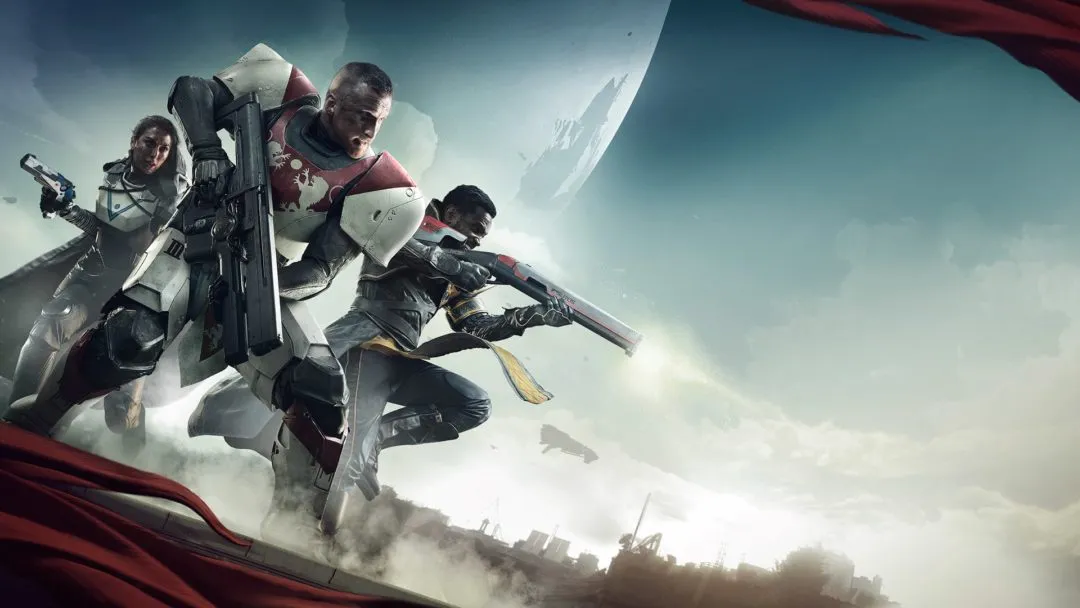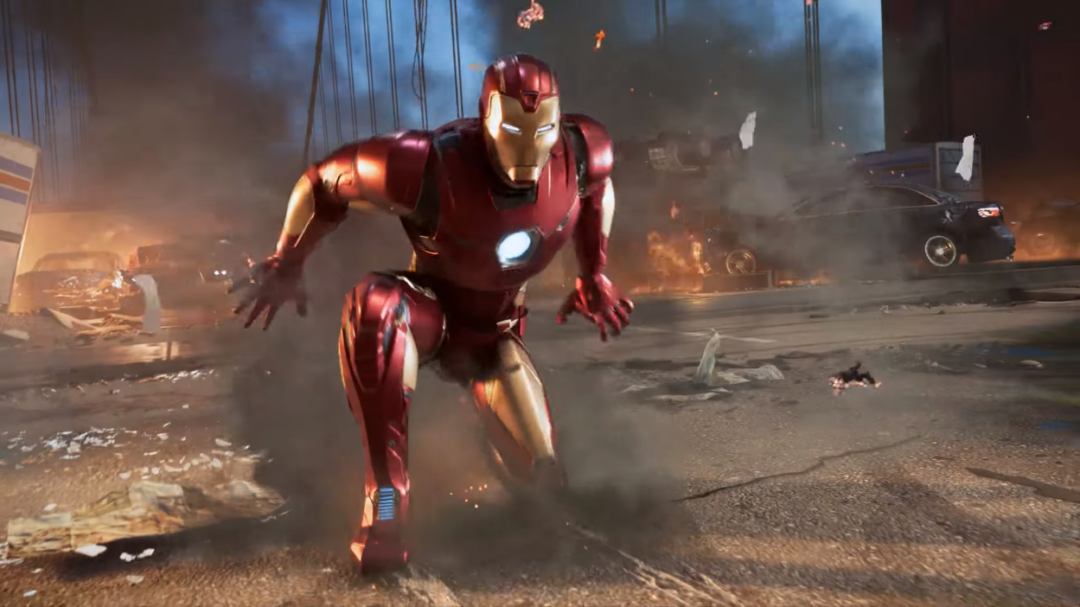
Before I get started, I need to make peace with some readers. Last week I lambasted the people who review-bombed Portal 2 because of the DLC. Specifically, I called them idiots. Usually I reserve my name-calling for industry leaders, and some people walked away with the impression that I was putting the name of “idiot” on everyone who objected to the Portal 2 DLC. I thought I was pretty clear in the article about who I was talking to, but for the record: I was talking to the protesters who review-bombed Portal 2 and pretended it was a horrible game because it had the audacity to sell hats they didn’t want. Sorry if you thought I was calling you an idiot. (Unless you’re a review bomber, in which case I’m sorry you’re an idiot.)
But there’s still a conversation to be had with the more reasonable folks. So let me gather up the various objections to the Portal 2 DLC and address them here without any further name-calling.
1. I don’t like being made to pay more money for stuff that’s already on the disk I paid for.
One of the problems we have in this conversation is one of definition. DLC supposedly means “DownLoadable Content”, which is a really broad and nebulous term. Not everything called “DLC” is downloaded, and not everything that’s downloaded is called DLC. The World of Warcraft expansions are all content that you download, but we call them expansions, not DLC. In-game pre-order items are downloaded, but we call them pre-order items, not DLC. Calling something DLC tells us more about how the thing is marketed and priced, as opposed to how it functions.
On one hand we have DLC for single player games. This is something like the Horse Armor for Oblivion. You pay a few real-world dollars, you download the thing, and it’s added to the game.
But the other kind of DLC is multiplayer DLC, which works a bit differently. In a multiplayer game, you download the goodies even if you haven’t paid for them. Your copy of World of Warcraft includes the Celestial Steed data, even if you haven’t purchased that particular add-on. It has to. Without that data, you couldn’t see other people riding it. The World of Warcraft expansions are the same way.
You could call these things “unlockables,” but we already use that term for stuff that you unlock through in-game activity. We need a new term for “thing which you already have on your computer but must pay money to use in multiplayer world”.
The Portal 2 DLC is this latter kind of DLC, whatever you want to call it.

2. These Portal 2 items cost too much.
I agree with this one. I certainly wouldn’t buy them at these prices. (Of course, I think games themselves cost too much, but that’s another column.) I certainly wouldn’t pay five bucks for a hat to wear in Portal 2. Not when the multiplayer portion of the game is only about five hours long. Still, I accept that other people would, and I’m happy for them.
3. It’s wrong to sell virtual items. These items exist only to get more money from players.
As opposed to the rest of the game? The hats in Portal 2 aren’t any more or less real than the portal gun itself, and both were made for the purposes of making money.
4. Day 1 DLC is wrong, because it means the developers diverted resources from making the core game to making knickknacks to sell. They could have spent that time just making the game better!
The art pipeline in a game is a complex thing. It’s not like you can take a couple of character artists and have them start writing code when they’re done making all the characters. The voice actors can’t hammer out texture maps once they’re done recording their lines. Not everyone is going to finish their assets at exactly the same time. There will always be a few idle people here and there, and this problem gets worse as game budgets get bigger and the production disciplines become increasingly specialized.
In any case, this argument that they diverted resources from the game only makes sense if you imagine that you’re somehow entitled to all of the work a company does, or that your sixty dollars (plus one healthy human infant, if you’re Australian) gives you the right to tell a company what they can do with their time.
4. I don’t mind when indies charge money for in-game items, because I like supporting the little guy. But I don’t like paying for another diving board on Gabe Newel’s diamond-encrusted swimming pool of money.
So, you’re perfectly happy with the game, but you’re unhappy because you don’t like how the profits are spent?
You presume to know a great deal about the inner workings of the company. If a company only takes in exactly as much as it needs to keep going, (forgoing all that “extra” money) then just one bad game can put them under. They will never expand. They can never afford to experiment. Any halfway decent manager will tell you that the company needs to have some cash for insuring against mistakes, performing R&D, and taking risks on new markets. Imagine if Valve had just stuck to their Half-Life work and never expanded. No Team Fortress 2. No Portal. No Left 4 Dead. Their “greed” ended up giving us some pretty awesome games.

5. I don’t like day 1 DLC because it’s greedy.
Keep in mind that the economics behind this are irresistible. It takes hundreds of thousands of hours to make a videogame to sell for sixty bucks. Then it takes just a few hours to make a hat that some people are willing to buy for five. Hats are simply way, way more profitable. It’s easy money.
Are you taking a stand against easy money? If your boss offered you $100 an hour to play Tetris, would you refuse because you hate “greed”? If you can go after easy money, why can’t a company like Valve?
7. These things are just simple mods. Why do companies think they can charge for things that take modders five minutes to make?
Because people will pay for them. Because mods aren’t available on all platforms. Because multiplayer mods are a lot less fun if the only other people who can see your hat are other people who also have the mod installed. Because some people don’t want to deal with the complex headaches of figuring out what mods are good and figuring out how to install them – they would rather drop five bucks right now and get exactly what they want and have it work with no fuss.
8. Isn’t selling stuff like this unethical?
How? They’re not lying about the content of the game. It doesn’t say, “Includes free hats” on the side of the box. They sell you a game, and then offer something in addition to that. This is no more unethical than charging for pizza toppings.
Sometimes extra things cost extra.
9. Isn’t this leading to a slippery slope where games are chopped up and sold to us bits at a time?
Actually, we’re already there. Just about every other developer is doing this, only they’re doing it with stuff that exists in the single player game, impacts game balance, and is advertised in-game. Activision’s Kotick has already expressed a desire to have cutscenes sold separately.
This is a bad trend in gaming, but this game is actually a move in the right direction. We should hold Portal 2 up as an example of how other companies should be doing it.
10. Uh, you used number four twice in this list?
True, but I skipped number six, so it evens out.
And now my question to you:
If other players want to pay for this DLC and the company is willing to sell it, why do you feel the need to demand that the transaction not take place?
Shamus Young is the guy behind Twenty Sided, DM of the Rings, Stolen Pixels, Drawn To Knowledge, and Spoiler Warning.




Published: Apr 29, 2011 09:00 pm